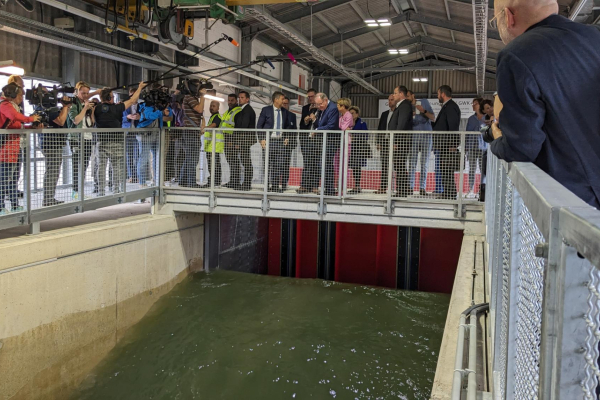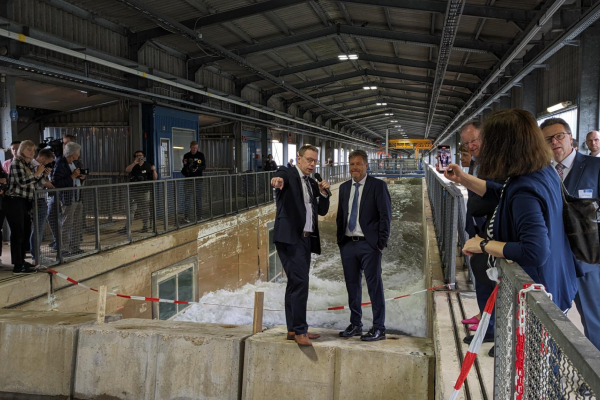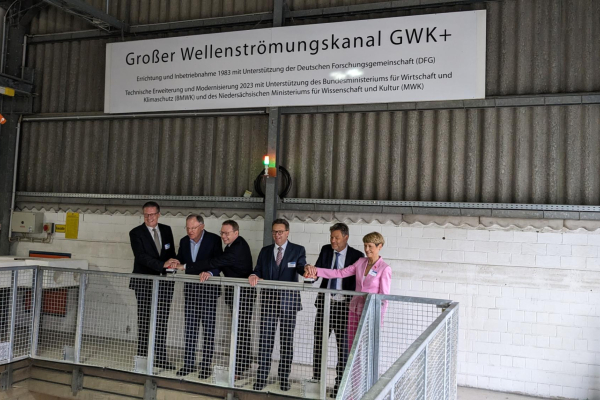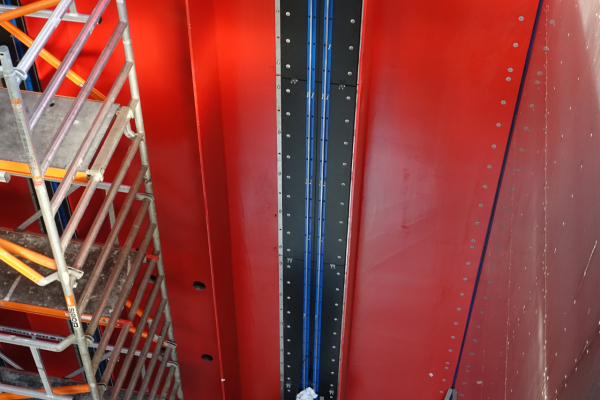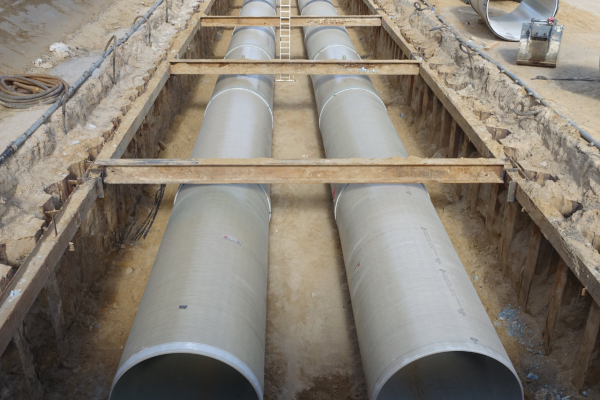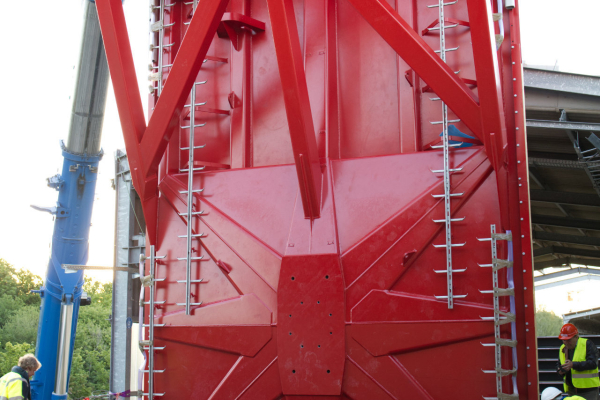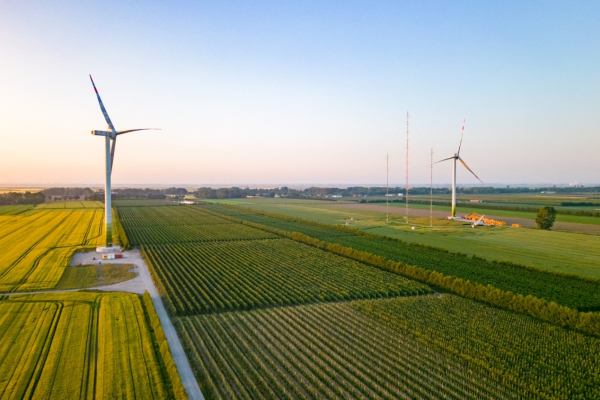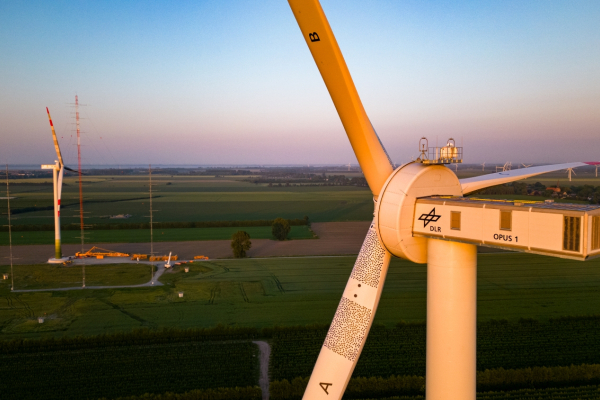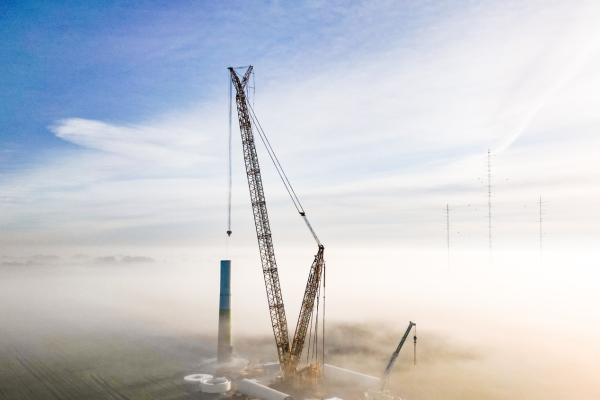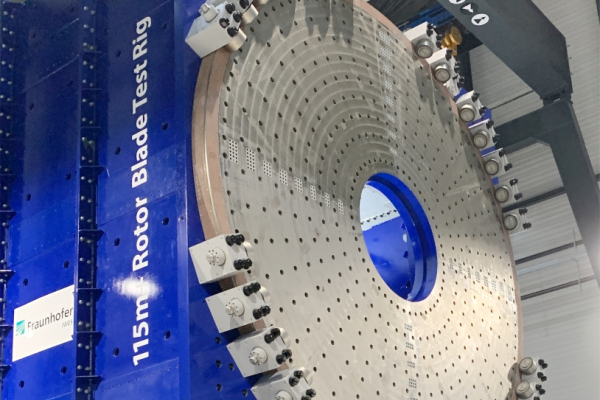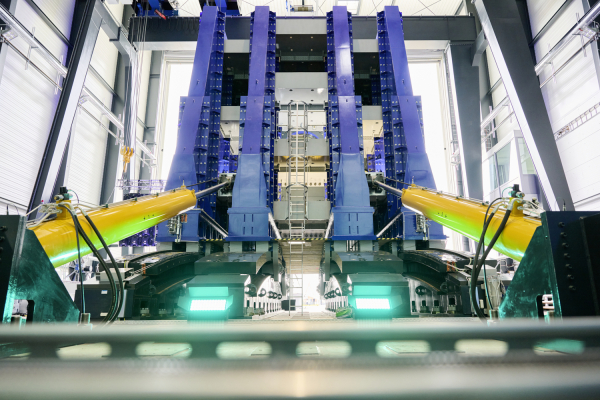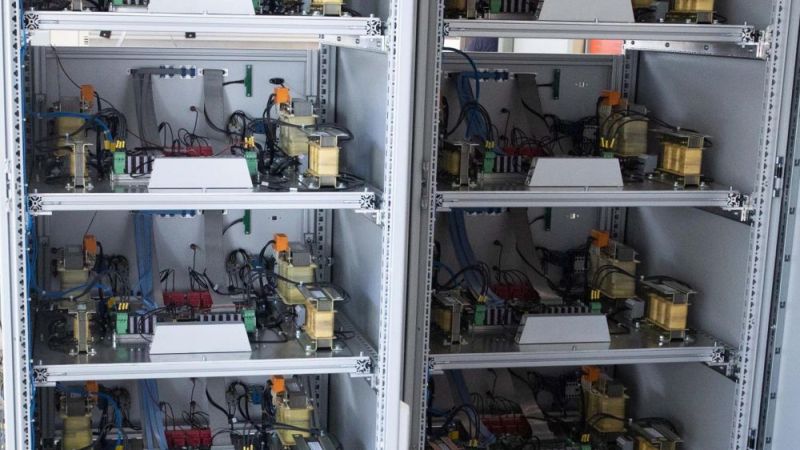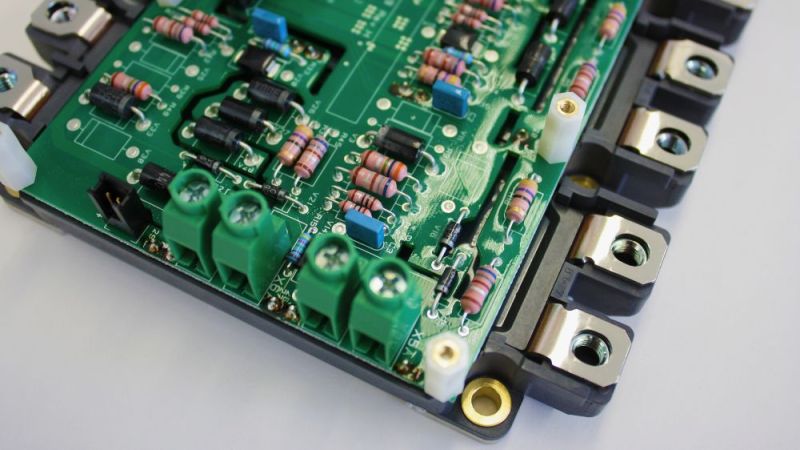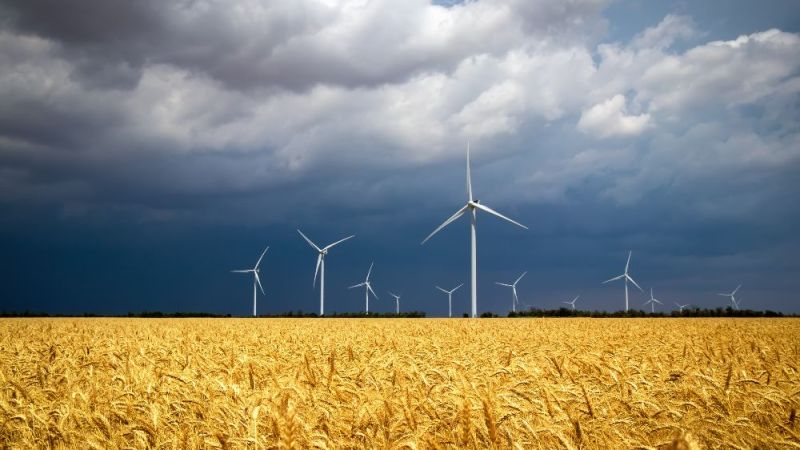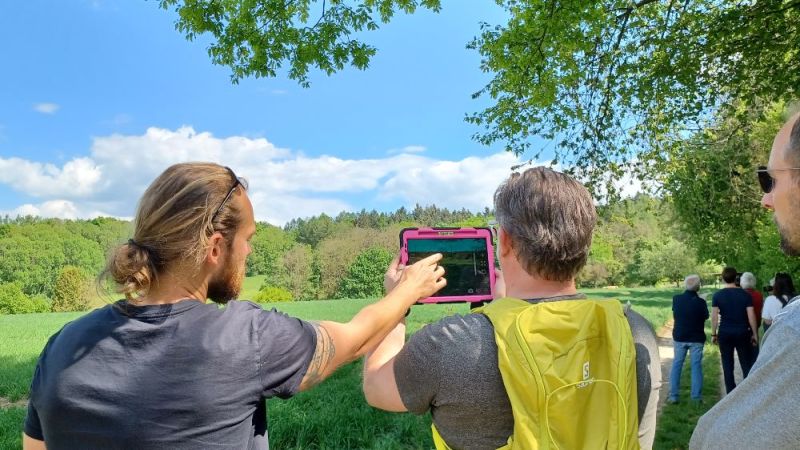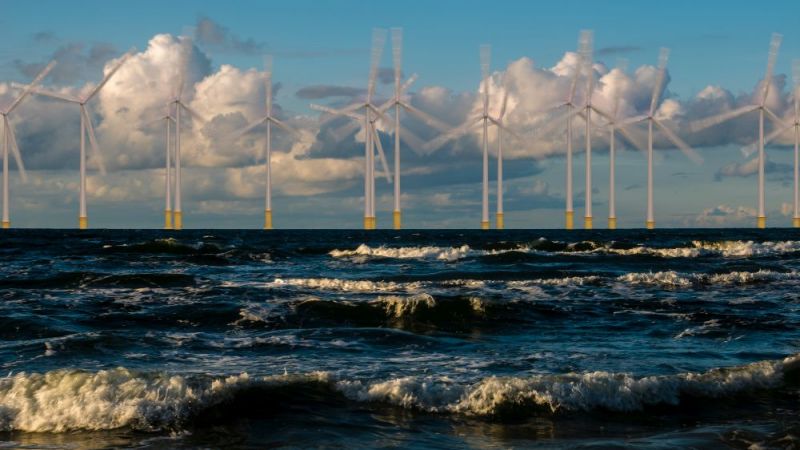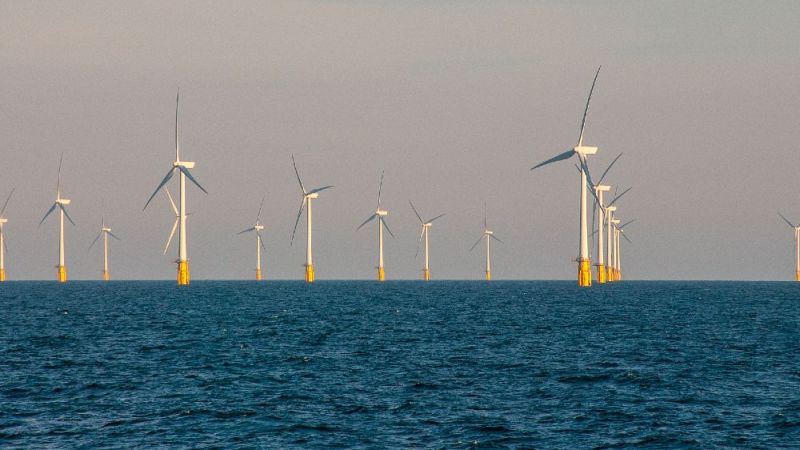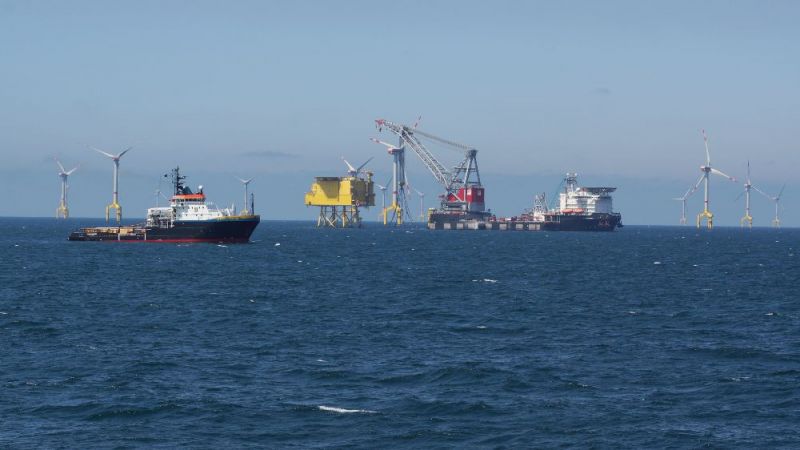Wind power
Test infrastructure in a new dimension
The German research landscape gained new test infrastructures on modern wind turbines - Federal Minister Dr Robert Habeck visited the facilities on a day. The world's largest wave current flume in Hannover went into operation: it generates 3-metre-high waves and a realistic tidal current at the same time. In addition, an XXL rotor blade test rig was opened in Bremerhaven. The WiValdi test field with three research facilities in the north of Hamburg completes the North German triumvirate.
"What you do here has an immediate impact on what we do," said Dr Robert Habeck, Federal Minister for Economic Affairs and Climate Action during his opening speech for the Large Wave Current Flume, "GWK+" in short, in Hanover. 35 million euros in funding have gone into the expansion of the facility. Since 1983, the 300-metre-long wave flume has already been the largest of its kind in the world. In order to close gaps in knowledge and, above all, to meet the present needs of industry, the universities of Hanover and Braunschweig have now made three essential extensions in the marTech joint project: They have exchanged the old facility for a new wave machine, which can generate larger waves and loads. Currently, in the middle of the channel there is a 32-metre-long deep section that has been lowered 2 to 6 metres further compared to the surrounding ground surface. In there, the seabed can be mapped with sand to enable tests on the foundations of infrastructures. The centrepiece of the GWK+ is the current generation system, which can generate a huge tidal current at 20,000 litres per second while varying the water level. "This is a globally unique research infrastructure, even more so on such a large scale," says project leader Prof. Dr Torsten Schlurmann from Leibniz University Hannover, categorising the international relevance of the large-scale facility.
In order to be able to assess which conversions are sensible and profitable in which form, the Technische Universität Braunschweig has constructed a miniature version of the extended Large Wave Current Flume on a scale of 1:10 within its sub-project. "However, with a length of 40 metres, this mini GWK+ is still unique in the world," says Prof. Dr Nils Goseberg from the Technische Universität Braunschweig, who coordinated this work. The smaller channel is located in the immediate vicinity of its larger counterpart, so the work can benefit from it even in the future. "Based on preliminary investigations, we can already see here which constellations could be considered for the Large Wave Current Flume in order to save time and resources," says Goseberg.
Wind turbine in the lee: WiValdi research park
The test field currently being built near the North Sea will also be unique worldwide: In the north of Hamburg, directly on the Elbe River, is located the research wind farm referred to as WiValdi. It has been officially opened in mid-August 2023. Beforehand, Federal Minister Robert Habeck already took a look at the new test infrastructure. WiValdi contains two conventional wind turbines of the multi-megawatt class standing side by side in the main wind direction, abundant with sensors and measuring devices. Another turbine and several specially designed wind measuring masts will provide further data. The German Aerospace Center (DLR) is developing the research wind farm together with partners from the Research Alliance Wind Energy (FVWE) and its project partner Enercon, funded by the Federal Ministry for Economic Affairs and Climate Action (BMWK) with around 30 million euros. The research wind farm is expected to serve science for 20 years. What is avoided in conventional parks is a research concern here: one of the large turbines is located in the lee of the other. Two of the upcoming research questions are which turbulences arise there and how can the turbine still be operated efficiently.
Putting XXL rotor blades through their paces
Modern wind turbines rotate with the help of huge rotor blades that are currently over 120 metres long. In order to be able to test these components and finally certify them for use, the Fraunhofer Institute for Wind Energy Systems IWES is therefore today expanding its test facilities to include the 115m+ rotor blade test rig, which can cope with these dimensions. Federal Minister Robert Habeck held a welcoming speech at the official opening of the new facility in Bremerhaven.
The BMWK funded the development of the new test rig as well as new testing methods of sub-segments within the project Future Concept for Operational Strength of Rotor Blades - Phase II with a total of around 18 million euros. The construction of the hall was funded by the Federal Ministry of Education and Research (BMBF) and the state of Bremen. In the associated predecessor project, funded by the BMWK with around 4.5 million euros, the scientists had already been working on suitable procedures for segment, section and component testing since 2015. At the start of the project, there was still talk about the "next generation of rotor blades with a length of over 100 metres". (mb)


